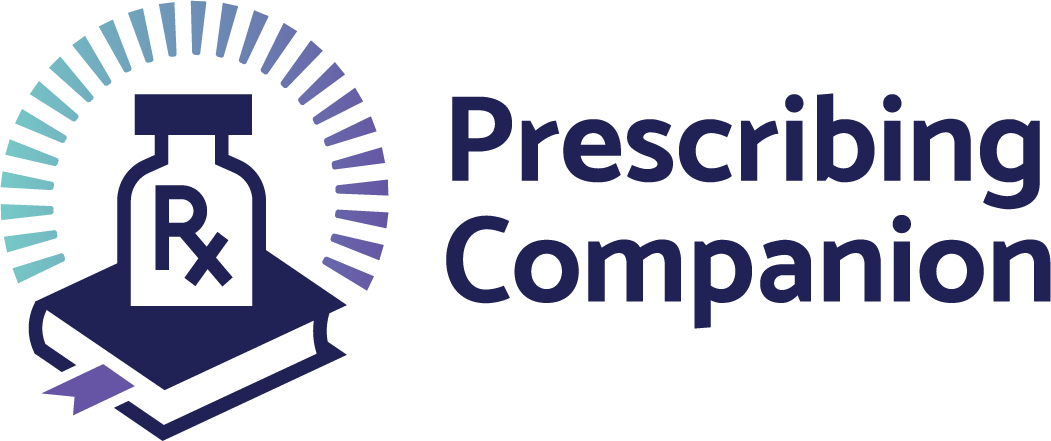Migraine
exp date isn't null, but text field is
Clinical Description
Episodic headache, usually focal in nature, which may occur with or without an aura. It is usually accompanied by nausea and vomiting. Several variants of migraine also occur.
Treatment
General Measures
Reassure patient that this is a benign condition. Attempt to identify any precipitating factors or food allergies from the history {although this is usually unrewarding} and try to diminish patterns of tension.
Acute treatment
- Initiate therapy during the attack or at the onset of the headache.
Analgesics, e.g.:
- Paracetamol, oral, 1 g q4-6h when required to a maximum of 4 doses per 24 hours.
OR
NSAIDs, e.g.:
- Ibuprofen, oral, 800 mg immediately then 8 hourly, if needed.
If severe and not responding to therapy above:
- Morphine, IM, 10 mg as a single dose.
For nausea:
- Give Metoclopramide, oral/IM, 10 mg 8 hourly.
Prophylaxis
Regular, daily, prophylactic therapy is advised if:
- Attacks are frequent, i.e., more than 2-3 per month, or severe, causing a significant amount of disability, or attacks are long lasting.
- Also consider for patients who tolerate therapy for acute attacks poorly.
Give:
- Amitriptyline, oral, 10-25 mg at bedtime. Titrate dose up to adequate response. More than 75-150 mg as a single bedtime dose is seldom required.
Or
- Propranolol, oral, 20-80 mg 12 hourly. Note: The evidence for using atenolol for this indication is limited.
Or
- Carbamazepine, oral. Start with 100 mg q12h. Increase every two weeks up to a maximum of 400 mg q12h.
Note: Only about half of patients will respond to one of these agents and this response may take 1 to 2 months to occur.
Referral
- Patients with focal neurological deficits may require further investigations to rule out non benign causes of the headache.
- The investigations must include a CT scan of the brain.
- CT scan can also be requested in patients with Migraine headaches not responding to treatment or in patients with sudden onset severe headache to rule out SAH.
